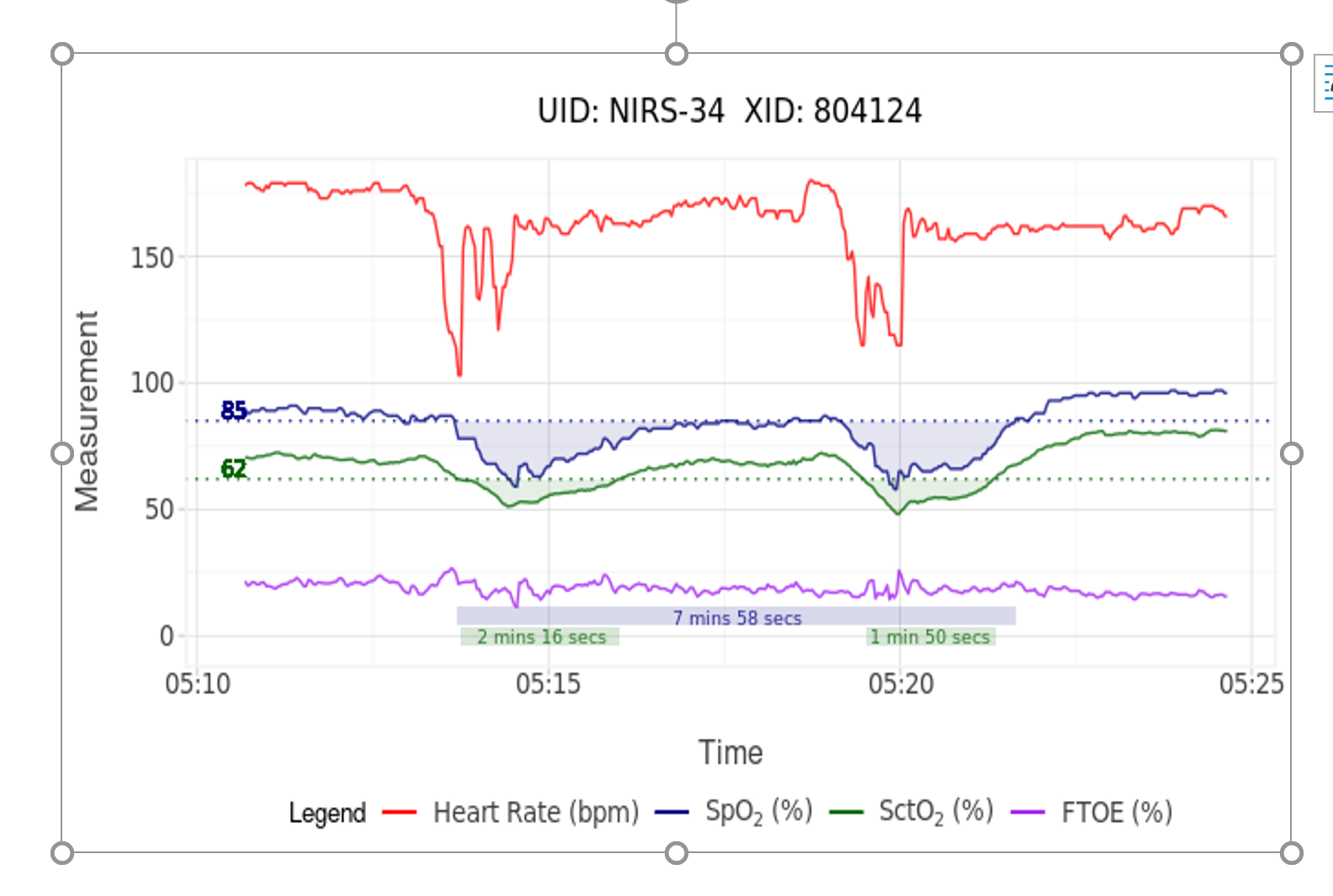Back
Neonatal General
Category: Abstract Submission
Neonatology General 2: Brain - Renal - Electrolytes
367 - The association of cerebral tissue oxygen desaturation with peripheral desaturation and bradycardic episodes.
Friday, April 22, 2022
6:15 PM – 8:45 PM US MT
Poster Number: 367
Publication Number: 367.132
Publication Number: 367.132
Michael Frasketi, George Washington University School of Public Health, Washington, DC, United States; Hany Aly, Cleveland Clinic Children's Hospital, Cleveland, OH, United States; Noor Asi, Metrohealth Medical Center, Cleveland, OH, United States; Safwat Aly, The Hospital for Sick Children, University of Toronto, Old Toronto, ON, Canada; Heather J. Hoffman, The George Washington University, Washington, DC, United States; Mohamed A. Mohamed, Cleveland Clinic Children's, Cleveland, OH, United States
- MM
Mohamed A. Mohamed, MD, MS, MPH
Vice chair | Department of Neonatology
Cleveland Clinic Children's
Cleveland, Ohio, United States
Presenting Author(s)
Background: The relationship between cerebral tissue oxygen saturation (SctO2) and peripheral arterial oxygen saturation (SaO2) or heart rate (HR) has not been well established in newborn infants.
Objective: To examine how cerebral tissue oxygen desaturation events relate to peripheral desaturation or bradycardic events in preterm infants.
Design/Methods: Infants < 34 weeks gestational age (GA) were monitored with near-infrared spectroscopy to measure their SctO2 for 1-3 sessions (up to 12 hours each) during the first 28 days of life. The lower limit of normal SctO2 was calculated using a tolerance interval method with 95% confidence interval (CI) and was found to be 62%. This value was established as the cerebral desaturation event threshold. SctO2 desaturation events were defined according to 1) a sustained drop of SctO2 below event threshold for at least 30 seconds, 2) is preceded by a stability period above the event threshold for at least 30 seconds, and 3) followed by a stability period above the event threshold for at least 60 seconds. Peripheral SaO2 desaturation and bradycardic events were considered with similar approach based on lower limits of normal of 85% and 120bpm respectively. Odds ratios (OR) of having cerebral desaturation events in association with peripheral desaturation or bradycardic events were calculated using logistic regression.
Results: The study included 70 preterm infants. Forty-two of them were females and 42 were of African American race. Mean BW was 1040 g (±293) and mean GA was 27 4/7 weeks. There were 506 cerebral desaturation, 374 peripheral desaturation and 79 bradycardic events during the study period. There was no correlation between cerebral desaturation events and bradycardic events where both concurrently occurred only on 18 occurrences (3.5% out of cerebral desaturation and 22% of bradycardia events). Heart rate significantly increased by 6.2 beats per minute during cerebral desaturation events (p < 0.001). There was no correlation between cerebral desaturation and peripheral desaturation events where both concurrently occurred only on 144 occurrences (28.4% out of cerebral desaturation and 38.5% of peripheral desaturation events). However, mean SpO2 dropped from 95.3% during normal cerebral saturation to 87.1% during cerebral desaturation events (p < 0.001).Conclusion(s): Only 3.5% of SctO2 desaturation events had associated bradycardia and 28.4% were associated with SaO2 < 85%. There is unmet need to clinically redefine what “significant desaturation episodes” is and to correlate them with neurodevelopmental outcomes in premature infants.
Fig 1. An example for two episodes of SctO2 desaturation that were associated with SPaO2 desaturation and bradycardia.
Objective: To examine how cerebral tissue oxygen desaturation events relate to peripheral desaturation or bradycardic events in preterm infants.
Design/Methods: Infants < 34 weeks gestational age (GA) were monitored with near-infrared spectroscopy to measure their SctO2 for 1-3 sessions (up to 12 hours each) during the first 28 days of life. The lower limit of normal SctO2 was calculated using a tolerance interval method with 95% confidence interval (CI) and was found to be 62%. This value was established as the cerebral desaturation event threshold. SctO2 desaturation events were defined according to 1) a sustained drop of SctO2 below event threshold for at least 30 seconds, 2) is preceded by a stability period above the event threshold for at least 30 seconds, and 3) followed by a stability period above the event threshold for at least 60 seconds. Peripheral SaO2 desaturation and bradycardic events were considered with similar approach based on lower limits of normal of 85% and 120bpm respectively. Odds ratios (OR) of having cerebral desaturation events in association with peripheral desaturation or bradycardic events were calculated using logistic regression.
Results: The study included 70 preterm infants. Forty-two of them were females and 42 were of African American race. Mean BW was 1040 g (±293) and mean GA was 27 4/7 weeks. There were 506 cerebral desaturation, 374 peripheral desaturation and 79 bradycardic events during the study period. There was no correlation between cerebral desaturation events and bradycardic events where both concurrently occurred only on 18 occurrences (3.5% out of cerebral desaturation and 22% of bradycardia events). Heart rate significantly increased by 6.2 beats per minute during cerebral desaturation events (p < 0.001). There was no correlation between cerebral desaturation and peripheral desaturation events where both concurrently occurred only on 144 occurrences (28.4% out of cerebral desaturation and 38.5% of peripheral desaturation events). However, mean SpO2 dropped from 95.3% during normal cerebral saturation to 87.1% during cerebral desaturation events (p < 0.001).Conclusion(s): Only 3.5% of SctO2 desaturation events had associated bradycardia and 28.4% were associated with SaO2 < 85%. There is unmet need to clinically redefine what “significant desaturation episodes” is and to correlate them with neurodevelopmental outcomes in premature infants.
Fig 1. An example for two episodes of SctO2 desaturation that were associated with SPaO2 desaturation and bradycardia.

